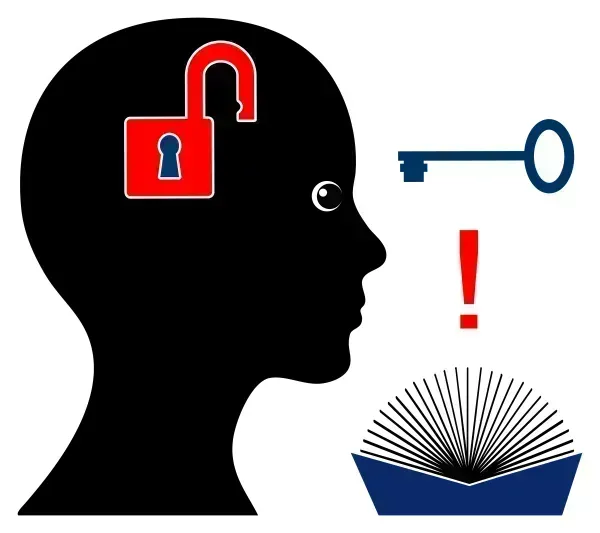I.D. Appropriate ICD-10 Guidelines for these Scenarios

Fall back on your coding manual's guidelines when the going gets tough. No coder is expected to fully memorize the ICD-10 guidelines. With enough coding experience, it's inevitable that you will have to fall back on the ICD-10-CM guidelines for guidance from time to time. While most coding scenarios are cut-and-dry, every once in a while you will encounter a situation that may leave you with more questions than answers. What many coders don't realize, though, is that the ICD-10 guidelines offer advice on an impressively extensive amount of confounding coding scenarios. Whether it's conflicting diagnoses, ambiguous terminology, or complications following surgery, ICD-10 has you covered on how to properly code the given situation. Check out these three examples where the ICD-10 guidelines come through in the clutch. Choose Either Option with 2 Working Diagnoses Example 1: Surgery consult for a patient to treat nerve impinging L3-L4 stenosis and an unrelated L5-S1 disc herniation. The patient reports severe radiculopathy radiating down the right leg. The patient and physician discuss surgical considerations to treat both diagnoses. What are the diagnoses and which is primary versus secondary? Making the determination of a primary diagnosis usually boils down to a simple algorithm. If you're able to conclude that one diagnosis is the result of another, then you will have the choice of coding the resulting symptom or diagnosis as either secondary or not at all. In this case, the diagnosis of "severe radiculopathy" is a common symptom from both the lumbar stenosis and disc herniation diagnoses. In these cases, the 2018 ICD-10-CM states, "Signs and symptoms that are associated routinely with a disease process should not be assigned as additional codes, unless otherwise instructed by the classification." Therefore, you can conclude that your primary diagnosis is either M51.27 (Other intervertebral disc displacement, lumbosacral region) or M48.061 (Spinal stenosis, lumbar region without neurogenic claudication). Since the provider or patient do not specifically use the term "neurogenic claudication," you should not assume neurogenic claudication and nerve impingement to be one in the same. Based on the consultation notes, both seem like suitable candidates for the role of primary diagnosis. In cases like this, you should refer back to the ICD-10-CM guidelines. According to Section II, part C of the ICD-10-CM, "In the unusual instance when two or more diagnoses equally meet the criteria for principal diagnosis as determined by the circumstances of admission, diagnostic workup and/or therapy provided, and the Alphabetic Index, Tabular List, or another coding guidelines does not provide sequencing direction, any one of the diagnoses may be sequenced first." In other words, ICD-10 is telling you that it's up to your own discretion as to which diagnosis you code as primary versus secondary. "Since both diagnoses equally meet the criteria for primary diagnosis, either option will effectively work," explains Kimberly Quinlan, CPC, senior medical records coder for the University of Rochester Medical Center in Rochester, New York. Code the Postop Complication Diagnosis First Example 2: The surgeon consults a patient two-weeks following a cervical laminectomy for spinal stenosis. The patient complains of severe pain at the area previously operated on. There is concern by the surgeon that the patient may be experiencing post-laminectomy syndrome. Here, you've got to take into account numerous different diagnostic factors. All in all, you've got three diagnoses to consider, one of which being a definitive complication symptom from the surgical procedure. Some might make the false assumption that you should code this visit with the primary diagnosis of M48.02 (Spinal stenosis, cervical region) since that's the basis behind the procedure, but consider these ICD-10 guidelines on coding complications from surgery. According to Section II, Part G in the ICD-10-CM, "When the admission is for treatment of a complication resulting from surgery or other medical care, the complication code is sequenced as the principal diagnosis. If the complication is classified to the T80-T88 series and the code lacks the necessary ICD-10-CM Official Guidelines for Coding and Reporting FY 2018 Page 104 of 117 specificity in describing the complication, an additional code for the specific complication should be assigned." With this information at hand, you can now conclude that you should not code M48.02 as the principal diagnosis. In fact, since the patient has technically already been treated for the stenosis, it's not applicable as a diagnosis at all in this case. Instead, you've got to determine the correct surgical complication code for postoperative cervical spine pain. Since surgical complication codes tend to lack specificity in respect to anatomical sites, the most accurate code available is G89.18 (Other acute postprocedural pain). Careful: "The surgeon's speculation that the patient is experiencing post-laminectomy syndrome is not enough to warrant a diagnosis code," explains Lindsay Della Vella, COC, medical coding auditor at Precision Healthcare Management in Media, Pennsylvania. "However, if the surgeon definitively concluded that the patient was suffering from post-laminectomy syndrome, you would exclusively apply code M96.1 [Postlaminectomy syndrome, not elsewhere classified] without the need for G89.18," Della Vella states. Consider these Guidelines for Either/Or Diagnoses Example 3: A patient presents for a consultation with a diagnosis of lumbar radiculopathy due to spinal stenosis and/or spondylosis. Here is another coding scenario in which coders routinely fail to code correctly. Confusion with a set of diagnoses such as these is understandable based on the ambiguity of a definitive diagnosis. While a coder may feel inclined to send the report back to the provider for clarity, the ICD-10-CM guidelines explain what you should do when this coding scenario arises. According to Section II, part D, "In those rare instances when two or more contrasting or comparative diagnoses are documented as 'either/or' (or similar terminology), they are coded as if the diagnoses were confirmed and the diagnoses are sequenced according to the circumstances of the admission. If no further determination can be made as to which diagnosis should be principal, either diagnosis may be sequenced first." Based on this explanation, you can consider the phrasing of "and/or" to be synonymous with "either/or" and therefore make the determination that you should code both diagnoses. Since there is no further elaboration as to the sequencing of the diagnoses, the determination of primary versus secondary diagnosis can be left up to your discretion. You will apply codes M48.061 (Spinal stenosis, lumbar region without neurogenic claudication) and M47.26 (Other spondylosis with radiculopathy, lumbar region) in whichever order you'd like.




